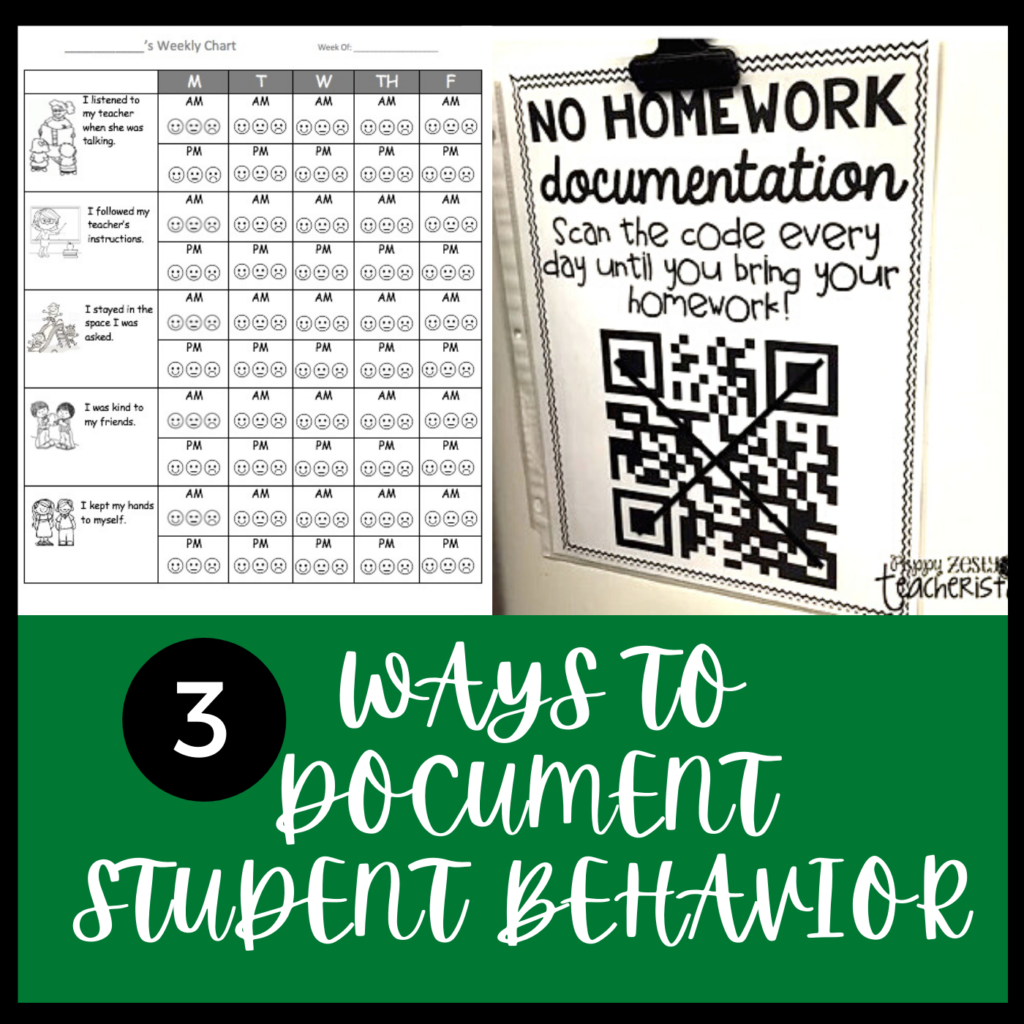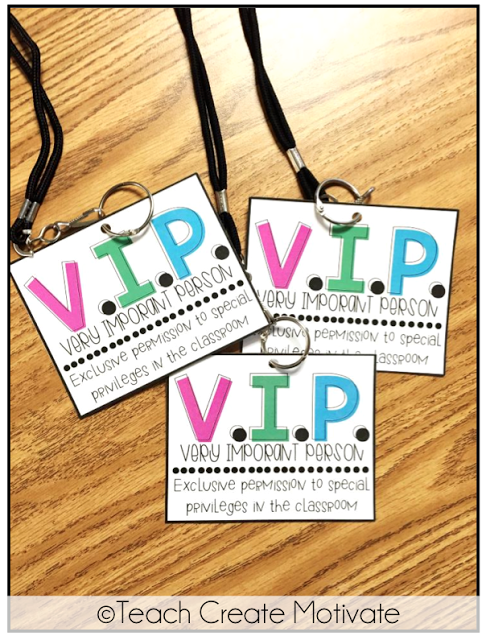 Every teacher needs some kind of classroom management system. You might already have something in place school-wide but you need something of your own too. You might even rotate different management systems throughout the year. There have been a few years when I had a very challenging or talkative class. I found myself having to change my classroom management system every few months in order to keep students motivated. Keeping the same management or reward system can grow old and loose its effectiveness for some students.
Every teacher needs some kind of classroom management system. You might already have something in place school-wide but you need something of your own too. You might even rotate different management systems throughout the year. There have been a few years when I had a very challenging or talkative class. I found myself having to change my classroom management system every few months in order to keep students motivated. Keeping the same management or reward system can grow old and loose its effectiveness for some students.
In this post I’m going to walk you through 5 great classroom management systems that I’ve used.
1. Behavior Chart
These can be tailored to your classroom theme. Once I did an airplane themed chart, another year my chart was based on colors.

How to Use: Every student gets a clip with his or her name on it. Students start the day with their clip in the middle. If they do something great or above and beyond, you can ask the student to move his clip up. If they do not follow expectations, the student moves his clip down. The first time the student moves his clip down, I use it as a warning and no consequence is given. If students has to move their clip down again in the same day, then they receive a consequence. At the end of the day, students record their color in their planner so that parents can see how their day went. This also keeps a running record of how often students loose clips in class and a larger consequence might occur if the student frequently ends up at the bottom of the chart.
PROS: This one system can be used to reward positive behavior and give consequences for negative. Very easy to implement and takes NO time from the teacher. Teachers can quickly tell students to go move their clip and it does not interrupt instruction time. This system keeps each individual student responsible for their own actions.
CONS: Students with frequent misbehavior tend to loose motivation with this system. When they regularly move their clip down, eventually they may start to not care. It is easy for the teacher to get focused on having students move their clip down and forget to ask students to move their clip up.
2. Class House System
How to Use: Group students into 3-5 teams. Teams earn or loose points based on their behavior. Any team member could earn or loose points for their team. At the end of a set period of time or when teams reach a set number of points, they get a reward. Frequently mix up the teams so that students stay engaged and the same team doesn’t always win.
PROS: Utilizes “peer pressure” as a way of motivating students to have good behavior. No one wants to be the kid who always looses points for his team.
CONS: Students who usually have good behavior may feel angry by being on the same team as a chronically misbehaving student. Students could begin to bully or threaten the students who keep loosing points for their team. Depending on what you use as your prizes, this could be a costly management system for the teacher.
3. Beat the Teacher
How to Use: The general premise behind this one is that you pick something you want the kids to do or not do. I break the day up into 20 min. chunks of time. If you are trying to eliminate a behavior, the teacher gets a point during every block of time that the kids engage in the behavior, and the students get a point every block of time that no one does it. (If you are trying to encourage a behavior, you would do the opposite.)
The first few times you play – make sure they win! You will get immediate buy in. When the kids get a point for following the rules, make sure to comment on what the person is doing that earned the point.
PROS: This can be really great for focusing on one or two specific behaviors that you want students to develop. Students LOVE competing against their teacher! And rather than create competition between students or teams, you unify the class against you.
CONS: Unless you set a timer or something, you could easily forget to give out points for long stretches of time. Some cost associated depending on what prizes you give.
4. Class Dojo
How to Use: Sign up for a free account with ClassDojo.com The teacher uses a phone or ipad to give points when students are doing the right thing, or take away points when they are not. Students earn rewards after they reach a certain number of points. CupcakesnCurriculum has some free reward coupons and a chart you can print out for students to keep track of their points throughout the month.
PROS: Documentation and sharing is built in. Teachers can invite parents to view their student’s dojo points anytime. Teachers can generate reports to see the percentage of points they are giving and taking away for the class and individual students. By monitoring these reports, you can make sure you are spending most of your time creating a positive classroom culture rather than telling students what they aren’t doing.
CONS: It’s a digital tool so it might not work well for every school and every parent population. For example, if parents don’t access the internet regularly then they won’t be able to see how their child’s behavior is. If you don’t have a screen to project dojo points on then students won’t be able to monitor their progress throughout the day. Even if you do have a screen, I find it difficult to leave the dojo points up all day because I need to use the screen for presenting other things. When students can’t SEE the results of you giving and taking away points then I think some of the effect is lost.
5: Classroom VIP
How to Use: Create a specific area in your classroom designated for VIPs. Make this area super special by including special chairs, decorations, VIP supplies. Give VIPs a few special privileges such as getting to line up first. Next, list the behaviors that allow students to be a VIP. Keep it simple and only choose actions that can be “proven” so to speak. For example finish classwork, keep area neat etc. Throughout the day or just at the beginning of the day, move students who have been demonstrating the listed behaviors to the table. Students can be moved away from the table if they do not continue meeting the expectations. The original idea for a VIP table comes from TheTattooedTeacher
PROS: Students are held accountable for their own actions not others’. Highly motivational and incorporates a small amount of peer competition. It’s a FREE reward for students.
CONS: There are only so many seats at the VIP table so the number of students you can reward is limited. You don’t want to make everyone in class a VIP!
What other classroom management system has worked for you? Share with me in the comments.
Pin for later!

If you like this post, here are some others you may enjoy.




